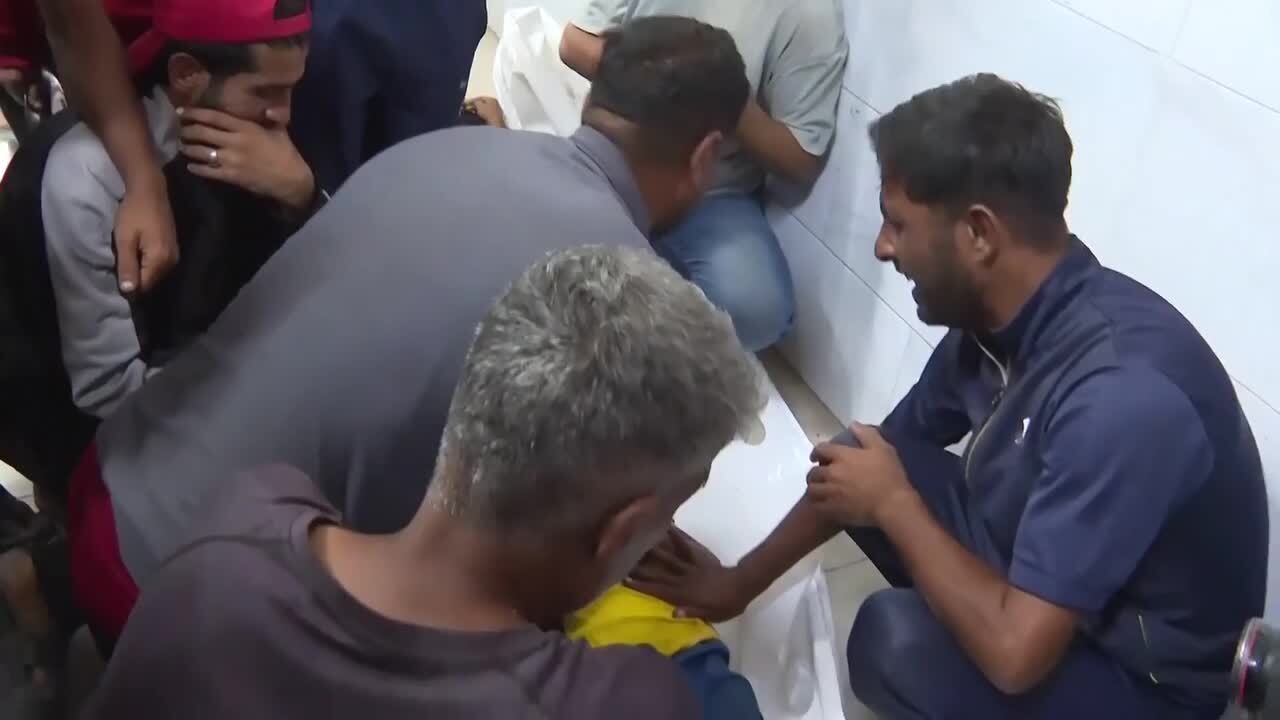The head of U.S. Army Training and Doctrine command on Tuesday discussed the multi-year studies the service has completed to gauge how women would perform in infantry, armor and other direct-action combat roles.
Currently, all of the services are in the final stages of crafting recommendations to the Pentagon as to how they will open all combat jobs to women by next year or explain why any must stay closed.
Army senior leaders are now reviewing data compiled from three different Army studies that looked at the cultural risks, physical demands and injury rates of integrating women into combat-arms units down to the platoon level.
"This has been a multi-year process, devoid of emotion, to have quantifiable and qualifiable data that is legally defensible, and we can relate it to combat requirements," Gen. David Perkins told an audience at the 2015 Maneuver Conference at Fort Benning, Georgia. "We do have a huge amount of data and a level of fidelity that we have never had in the Army before."
His comments come less than a week after details of a Marine Corps study showed that all-male units outperformed gender-integrated units in physical performance and marksmanship events.
MARINE CORP FINDING
All-male squads, teams and crews demonstrated higher performance levels on "69% of tasks evaluated (93 of 134)" as compared to gender-integrated squads, teams and crews, according to the executive summary of the study.
"All-male squads, regardless of infantry MOS, were faster than the gender-integrated squads in each tactical movement," the document states. "The differences were more pronounced in infantry crew-served weapons specialties that carried the assault load plus the additional weight of crew-served weapons and ammunition."
On lethality, "All-male 0311 (rifleman) infantry squads had better accuracy compared to gender-integrated squads," it states. "There was a notable difference between genders for every individual weapons system (i.e. M4, M27, and M203) within the 0311 squads, except for the probability of hit & near miss with the M4."
All-male infantry crew-served weapons teams engaged targets quicker and registered more hits on target as compared to gender-integrated infantry crew-served weapons teams, with the exception of M2 accuracy, according to the summary.
In addition, "male provisional infantry (those with no formal 03xx school training) had higher hit percentages than the 0311 (school trained) females: M4: 44% vs 28%, M27: 38% vs 25%, M16A4w/M203: 26% vs 15%," it states.
All-male squads, teams and crews and gender-integrated squads, teams, and crews had a noticeable difference in their performance of the basic combat tasks of negotiating obstacles and evacuating casualties.
The two female Army officers that recently made history by graduating from Army Ranger School said that the most challenging part of the grueling 62-day infantry leadership course was their lack of infantry experience.
The senior leadership at Ranger School and the Maneuver Center of Excellence agreed that if male Ranger candidates had an advantage over females in this gender-integrated Ranger course, it had less to do with physical strength and toughness and more to do with the on-the-job experience that most male students have acquired serving in infantry roles.
First Lt. Shaye Haver and Capt. Kristen Griest were among the 19 females that volunteered to go through the first co-ed class of Ranger School that began April 20. In addition to the 19 women, there were 380 men who started the course. One other female is in the final phase.
The two largest groups that feed Ranger School are second lieutenants from the Infantry Officer Basic Leaders Course and members of the 75th Ranger Regiment.
The lieutenants have just completed 17 weeks out of the Infantry Officer Basic Leaders Course, which is focused primarily on the tactics techniques that an infantry platoon leader is expected to know and understand and be able to execute upon arriving to his first unit of assignment and assuming the responsibility for an infantry platoon, Benning officials say.
Similarly, Rangers from the Ranger Regiment serve in an infantry organization for 18 to 24 months on average before coming to Ranger School, according to Ranger School officials.
ARMY MOS-SPECIFIC STANDARDS
Army officials have not made the results of its studies public, but said they were among the most extensive studies the service has ever undertaken.
Army Medical Command conducted a study looking at the injury rates of both males and females when performing infantry and similar combat tasks.
The Marine study found evidence of "higher injury rates for females when compared to males performing the same tactical tasks," according to the study.
For the physical demand study, the Army had to start from scratch since the service did not have defined physical standards for each combat-arms military occupational skill category, according to Perkins.
"So what we did over two years is we went out to all the MOSs closed to women and came up with a list of all the operational tasks you have to do in combat," Perkins said. "If you are an infantryman, it’s put on a rucksack – I think it’s 110 pounds for 12 miles. We went to places like Afghanistan and asked, ‘What’s your average load?’ We had to relate it to a combat requirement.
"For the armor crewman, it was rate of loading for the main gun extracting a wounded soldier out of a combat vehicle – that’s the 90th-percentile male, that’s a 270-pound male and you have to drag their body five feet in 30 seconds. We have never had that standard anywhere that you had to be able to do that before you could sign on the dotted line and come into the Army."
The Army then developed tests that soldiers went through that would provide "a high level of predictability that you could do that operational task in combat," Perkins said.
To Perkins, the test data has value that goes well beyond women being integrated into direct combat jobs.
Army officials are considering the possibly of creating an assessment test that can be given to potential recruits before they can sign up for jobs such as infantry, Perkins said.
"Regardless of what the decision is, I am confident that we are going to be able to leverage it to increase combat readiness," he said.
--Matthew Cox can be reached at matthew.cox@military.com.




























